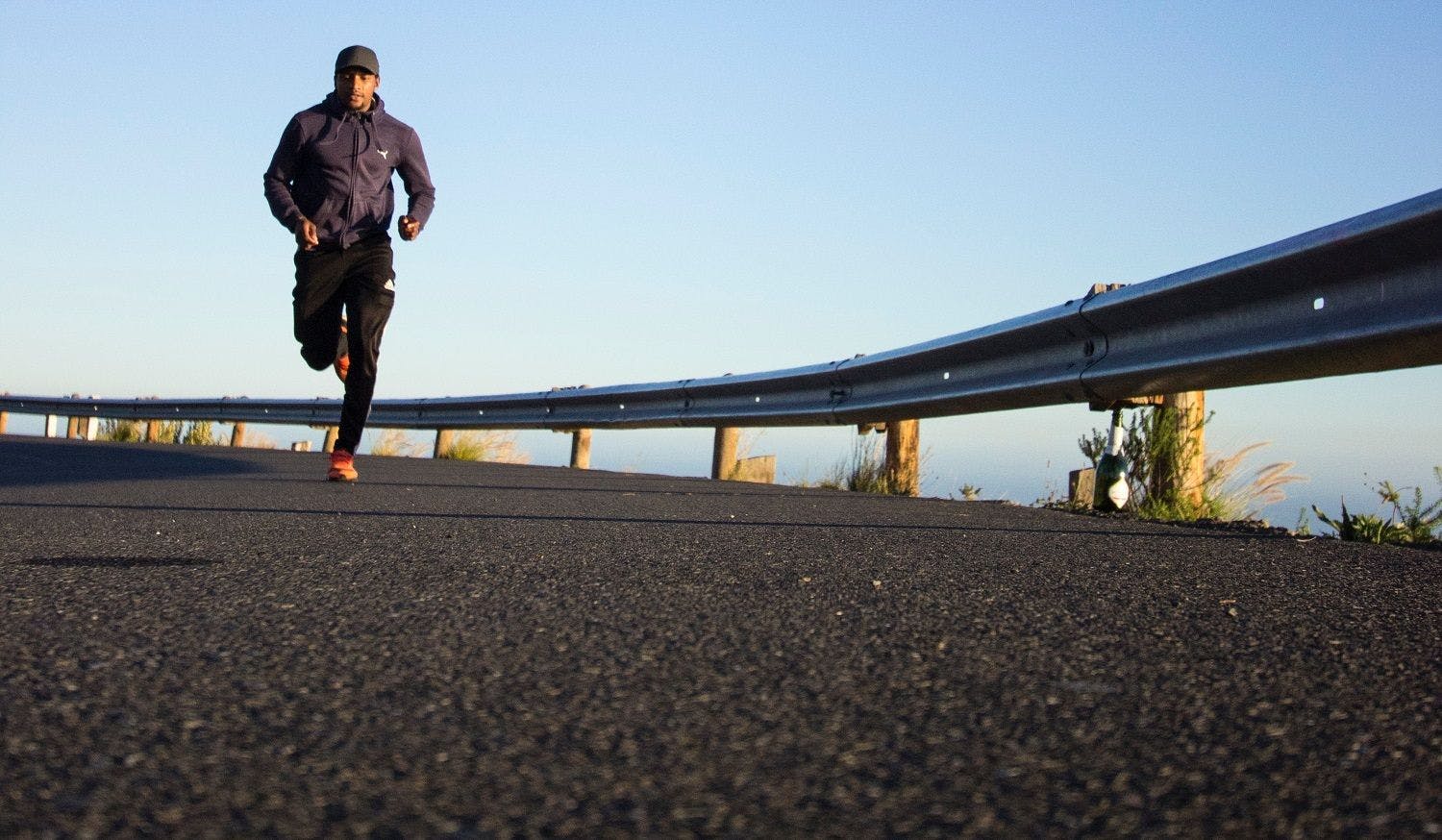Adapting Sports Activities: The Benefits of Running Uphill
There are endless sports activities and many ways to adapt them to our circumstances and abilities. We can subtract and add intensity or perform them alone or with friends. One way of adding intensity is running uphill. It is an idea that does not seduce everyone, but running uphill on sloping terrain has some important benefits that you may not know about.
Benefits of Running Uphill
Here are some of the benefits of running uphill:
- Leg strength: Running on slopes serves to increase your performance, work on body power and increase the strength of your legs.
- Efficient stride: By running on slopes you will be able to optimize your stride and protect your knees thanks to the strength that your quadriceps will obtain.
- Improve your times: Since running on hills is a routine that can be implemented in your regular workouts, you can do it any day of the week, whenever you want. You will achieve a constant and fast running technique and, in the long run, this will improve your times.
- Prevents injuries: When running uphill, the stride is smaller and the impact on the joints is minimized. This way, it helps to strengthen the bones, muscles and all the tissues of the musculoskeletal system in general.
- Weight loss: Those people who carry out a weight loss plan can find a true ally in this way of running. You can burn up to twice as many calories as in workouts without a slope.
- Improves oxygen absorption: An optimization of the oxygen consumption capacity occurs.
- Variety: There is nothing better than including varied exercises in your running training. That's why most workouts include hill running as a means of improving your running pace.
Uphill Slope
Thanks to the ascents, a greater strengthening of the calves and soleus occurs, because they work in an eccentric way. In addition, the Achilles tendon is also strengthened and we will achieve greater propulsion on a flat surface.
You will need to maintain a proper position:
- Don't tilt your waist forward too much. Although leaning is inevitable when running uphill, the truth is that most runners lean too much. In this way, you inhibit the natural flexion of your hip and limit the ability of your feet to take off. It is a way to modify the center of gravity of your body so it is better to pay attention to the position of your waist, whether you are going up or down hills.
- Keep your head up and your forehead high. It is essential that your head is in the correct position so that your cervical spine does not suffer unnecessarily.
Downhill Slope
If we run downhill, a greater force is produced in the quadriceps, since they are the muscles that support most of our weight while descending. In this case, the technique usually coincides with the one of running uphill, but in some cases the exact opposite happens:
- Back tilt: If running uphill you lean forward, exactly the opposite happens when you run downhill. It is a way of braking to run slower that you can use but if you want to run faster while going downhill you must maintain the position without releasing the weight back. The act of leaning back implies that it is your back that is receiving the direct impact and that is not good.
- Lean forward: Going down hills fast is fine, but too high a speed will make you lean forward and exactly the same thing happens as we discussed in the tips for running uphill.
Of course, you must be careful and not do many hill sessions. Both ascending and descending slopes can harm the knees due to the stress in which they are subjected. As always, do not abuse and plan your training sessions correctly, talk to one of our Fitness Experts and get customized advice by submitting a request in our Mavyn website.
